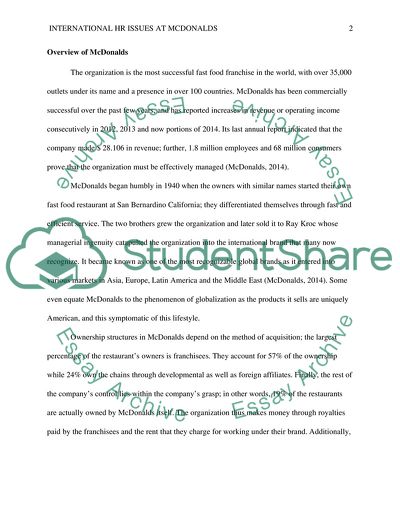Cite this document
(McDonalds Assignment Example | Topics and Well Written Essays - 1750 words, n.d.)
McDonalds Assignment Example | Topics and Well Written Essays - 1750 words. https://studentshare.org/human-resources/1835201-mcdonalds
McDonalds Assignment Example | Topics and Well Written Essays - 1750 words. https://studentshare.org/human-resources/1835201-mcdonalds
(McDonalds Assignment Example | Topics and Well Written Essays - 1750 Words)
McDonalds Assignment Example | Topics and Well Written Essays - 1750 Words. https://studentshare.org/human-resources/1835201-mcdonalds.
McDonalds Assignment Example | Topics and Well Written Essays - 1750 Words. https://studentshare.org/human-resources/1835201-mcdonalds.
“McDonalds Assignment Example | Topics and Well Written Essays - 1750 Words”. https://studentshare.org/human-resources/1835201-mcdonalds.


